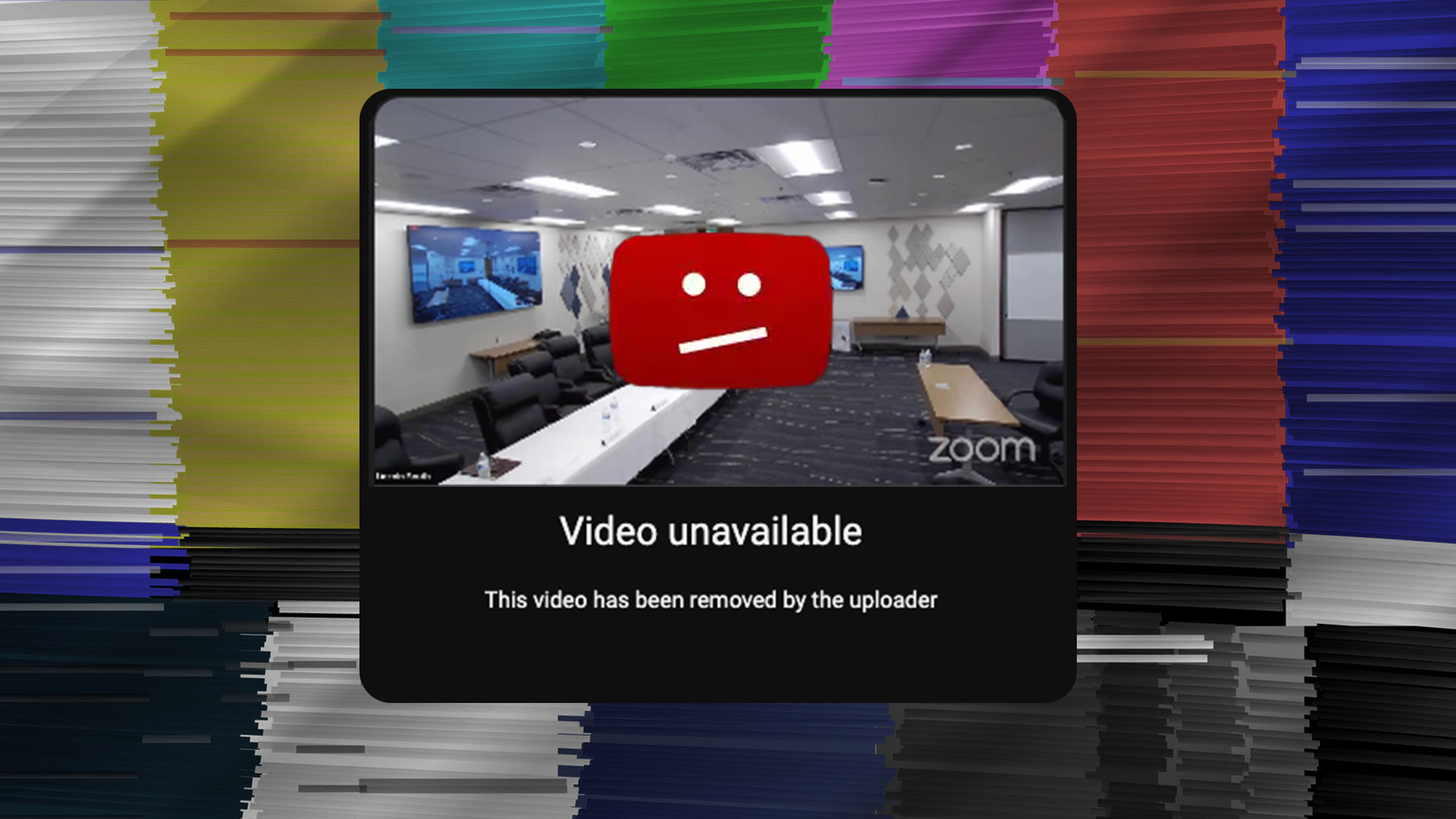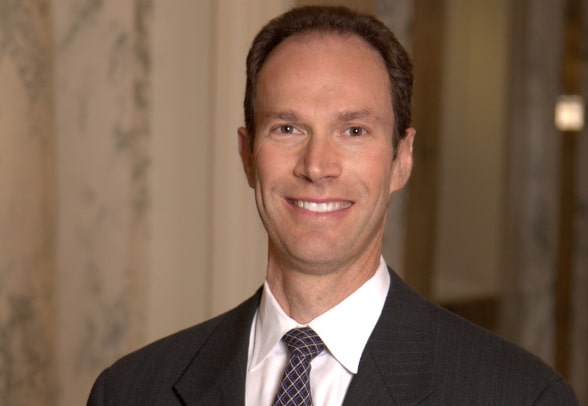



Could Idaho’s government run out of money? That might be a reasonable worry based on your first reading of a recent article highlighting how Idaho’s General Fund revenue was $141 million behind legislative projections for Fiscal Year 2025 (FY25, ending June 30, 2025).
We are told to be concerned because Idaho taxes won’t catch up. In fact, the ending balance in the General Fund is now expected to be “only” $278 million, which is $141 million less than the $420 million projected at the end of the legislative session. To be clear, this revenue estimate “shortfall” is not a deficit at all. It is just a missed forecast for tax collections against a General Fund estimate of nearly $6 billion.
We argue the tone of that article is all wrong. The focus should really be on government spending, not on tax collections.
How so?
You see, the shortfall is only a shortfall from a forecast, not on the more meaningful year-to-date comparison between tax collections for this year versus what was collected in 2024. So far, after 11 months, tax collections to the General Fund are up 2.9% compared to the same period last year, totaling $145 million. But that’s not the entire story. According to Tax Commission data, state gross tax receipts are up 4.5%, or about $310 million, compared to last year.
Why the difference? Well, the first set of numbers, revenues to the General Fund, is a subset of gross receipts, which include a myriad of taxes in addition to income and sales taxes, such as taxes on cigarettes, alcohol products, and motor fuels, to name a few. But that is not all. You see, the Legislature has decided to divert more revenue directly from sales taxes for spending on school facilities, rather than sending those dollars to the General Fund. So, you get the following revenue discrepancy as noted in the General Fund Budget Monitor.
Through May, General Fund revenue collections are $145.3 million, or 2.9% more than last year at this time (page 2, line 15). Individual income tax collections are $187.4 million more, corporate income taxes are $30.9 million more, and miscellaneous revenues are $16.4 million more. These numbers are offset by sales tax distributions, which are $84.5 million less than last year and product tax distributions which are $4.9 million less. While sales tax distributions to the General Fund are $84.5 million lower than last year, total sales tax collections are up 3.5% compared to last year.
That’s right, tax collections are higher this year than last year.
So, take it from us, you can ignore the more liberal legislators and the establishment media when they don their fright wigs and wring their hands about tax cuts and revenue shortfalls. Let’s also not forget that an ending balance of “only” $278 million for FY25 and one roughly the same or even slightly lower for FY26 actually exceed the pre-COVID ending balances, which were under $200 million. And the target about a decade ago was around a $50 million ending balance. Why? Because the state has separate “rainy day” funds, which are now over $1 billion, in addition to the annual fiscal year-end balance.
Now let’s return to the discussion on spending. This is where the focus needs to be.
As we noted recently, it has become impossible to get a precise number for the growth of government over the last couple of years because appropriations are increasingly moved “off-budget.” These continuously appropriated funds are not included in the Legislative Services Office’s summary of FY26 spending. They weren’t included in earlier years. However, it is more of a problem because additional budgets have been moved to continuous appropriations, making year-over-year comparisons for FY25 and FY26 impossible.
If those continuously appropriated budget items were the same every year, it would matter far less. As we have noted in earlier articles, state appropriations grew by over 50% from FY20 to FY25, far more than inflation. We are hesitant to calculate growth by including FY26 due to the shift in appropriations and their omission from the Legislative Budget Book and Fiscal Report.
And it is going to get worse. Last session, House Bill 345, a Medicaid program reform bill, had a provision slipped in to make the hospital assessment line item a continuously appropriated fund. The hospital assessment provision is one of the items holding up Congress’s budget reconciliation. There is a debate on limiting this provider assessment, and research conducted by the Paragon Institute has likened this scheme to money laundering. This is no small matter, as the hospital assessment was a $191 million line item in the FY26 Medicaid budget. And whatever this amount will be next session, it is not going to be included in the regular appropriations bill for Medicaid unless the Legislature makes changes.
Don’t get distracted by mainstream media headlines. Revenues are actually up, but spending is up by even more. Hence the panic. The budget focus really needs to be on spending, and it’s better for Idaho that we make the government leaner, rather than further burdening families and businesses already struggling under a variety of regulations and other taxes.

